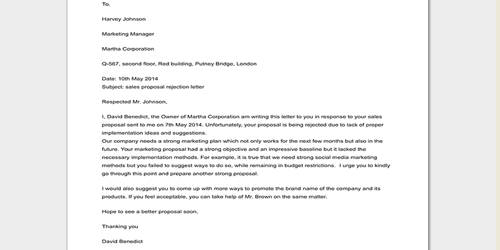Shock therapy is used to treat economic maladies such as hyperinflation, shortages, and other market-control effects in order to jump-start economic production, reduce unemployment, and improve living standards. Shock therapy in economics refers to the abrupt removal of price and currency controls (economic liberalization), the withdrawal of state subsidies, and immediate trade liberalization within a country, which typically includes large-scale privatization of previously public-owned assets. Shock therapy features include the removal of price controls, the privatization of publicly-owned entities, and trade liberalization.
Shock Therapy was a difficult transition from an authoritarian socialist to a democratic capitalist system. The World Bank and the IMF influenced this transformation system in Russia, Central Asia, and East Europe. Though it varies in intensity and speed among former third-world countries, its direction and characteristics were quite similar.
Overview
Shock therapy is a neoliberal economic program that uses sudden and dramatic neoliberal reform to transition a planned economy or developmentalist economy to a free market economy. Shock therapy policies typically include the elimination of price controls, the cessation of government subsidies, the transfer of state-owned industries to the private sector, and tighter fiscal policies such as higher tax rates and reduced government spending.
However, shock therapy can be accompanied by a difficult transition period in which prices rise from their state-controlled levels and people in formerly state-owned companies lose their jobs, resulting in civil unrest that may lead to forced changes in a country’s political leadership.
Naomi Klein popularized the term. In her 2007 book The Shock Doctrine, she argues that neoliberal free-market policies (as advocated by economist Milton Friedman) have gained global traction as a result of a “shock therapy” strategy. She claims that these policies are frequently unpopular, increase inequality, and are accompanied by political and social “shocks” such as military coups, state-sponsored terror, sudden unemployment, and labor repression. The Cato Institute’s Johan Norberg criticized the book, claiming that the concept of shock therapy is incorrectly attributed to Friedman.
The economist Jeffrey Sachs claims that he did not choose the term “shock therapy,” that it “was something that was overlaid by journalism and public discussion,” and that it “sounds a lot more painful in a way than what it is.” Sachs’ ideas on what non-economists refer to as “shock therapy” were based on studying historical periods of monetary and economic crisis and observing that a decisive stroke could end monetary chaos, often in a single day.
The first use of shock therapy was during Chile’s neoliberal reforms in 1975, following Augusto Pinochet’s military coup. The reforms were based on the University of Chicago’s liberal economic ideas.
Neoliberal reforms based on the Washington Consensus resulted in increased excess mortality and decreased life expectancy in Russia and other post-Communist countries, as well as rising economic inequality and poverty. The Gini coefficient increased by an average of 9 points across all former socialist countries. Some countries that used shock therapy outperformed others (for example, Poland and the Czech Republic). By 2005, the average post-communist country’s per-capita GDP had returned to 1989 levels, though some remained far behind. To make matters even more complicated, China made its highly successful transition in a gradualist manner.
Successful market economies, according to William Easterly, rely on a framework of law, regulation, and established practice, which cannot be created overnight in a society that was previously authoritarian, heavily centralized, and subject to state ownership of assets.
















